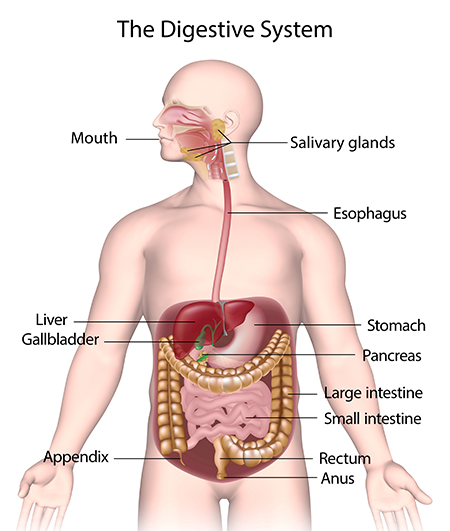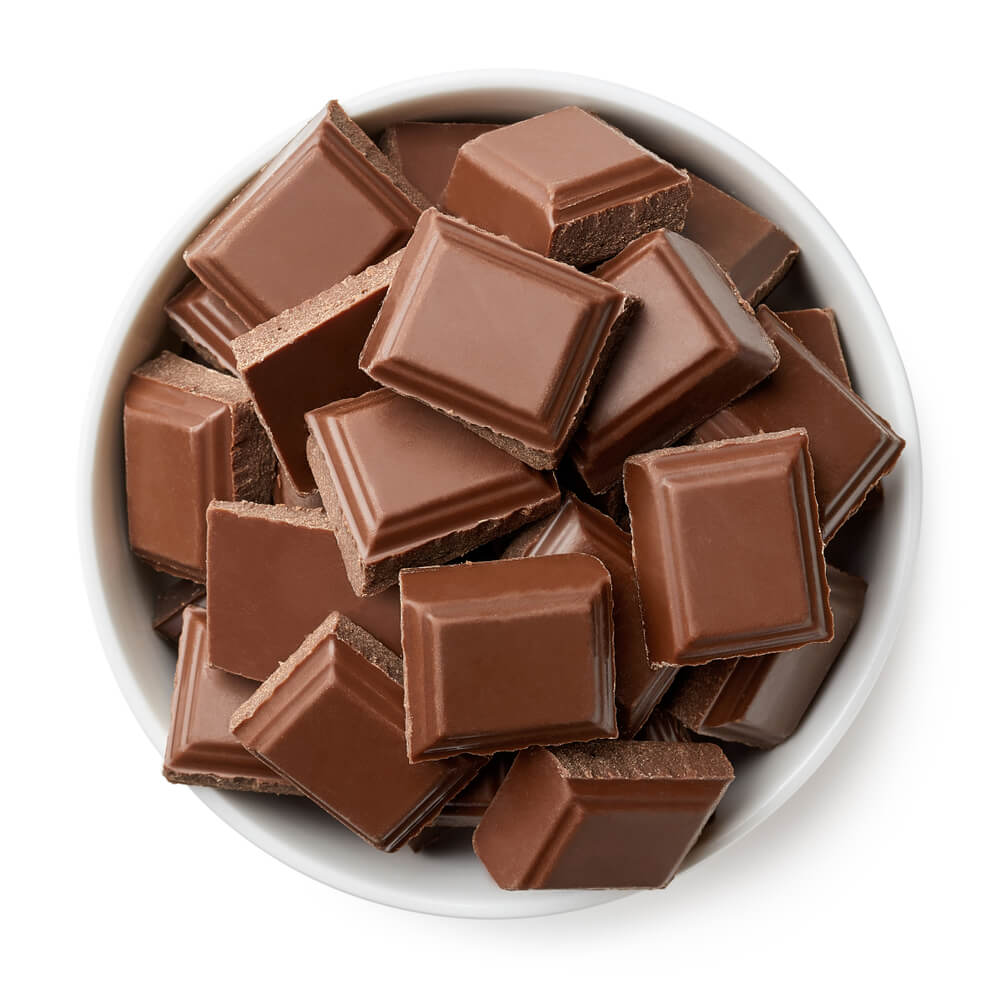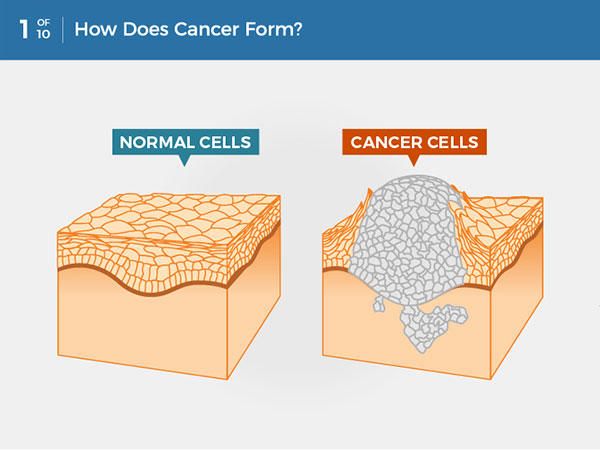Belajar Pintar Materi SMP, SMA, SMK
BelajarPintarV3
Bahasa Inggris (Wajib)
Explanation Text
MATERI
Structure of Explanation Text

Introduction
Di bagian ini, kita perlu menarik perhatian pembaca dengan cara memberikan pertanyaan atau kalimat fakta yang jarang diketahui orang banyak. Sehingga pembaca dapat tertarik dan mengetahui apa yang akan di bahas dalam teks tersebut.
Opening Statement
Di bagian kedua ini, kita perlu memberikan definisi atau gambaran singkat dari objek yang akan kita bahas.
Explanation Sequence 1, etc.
Setelah memberikan definisi atau gambaran singkat dari hal yang akan dibahas, kita bisa mulai memberikan penjelasan secara bertahap bagaimana proses terjadinya suatu hal. Jangan lupa juga untuk menggunakan kalimat penghubung agar terdapat variasi dalam teks.
Conclusion
Di bagian akhir, setelah memberikan penjelasan tentang definisi pun tahapan prosesnya, kita dapat menyimpulkan dengan cara mnuliskan klimat baru atau menuliskan kembali (rewrite) dari paragraf 1.
Yuk, kita lihat contoh Explanation Text di halaman selanjutnya.
Example of Explanation Text

Introduction
Have you ever wondered how volcanoes are formed?
Opening Statement
A volcano is a vent or an opening on the earth's surface which allows molten rock called magma, volcanic ash and gas to escape out onto its surface.
Explanation Sequence 1, etc.
Volcanoes are formed whenever there is a crack in the crust of the earth. A tube-like passage connects a chamber of magma (molten rock) at the center of the earth to the earth's crust.
When the pressure builds up in the chamber, the magma, gases, and ash are pushed up through to the top of the tube on the earth's surface known as a vent.
The red-hot magma that escapes flowing over the earth's surface is called lava which, when cools, forms into rocks.
Conclusion
In fact, the mountains we see today are nothing but solidified lava from previously erupted volcanoes.
Example of Explanation Text (2)

Text 1
Digestive System

Source : https://www.niddk.nih.gov/
The first digestive process takes place in the mouth. The food we eat is broken up into small pieces by the action of teeth, mixed with saliva, a juice secreted by glands in the mouth. Saliva contains digestive juice which moistens the food, so it can be swallowed easily. From the mouth, food passes through the esophagus (the food passage) into the stomach. Here, the food is mixed with the juices secreted by the cells in the stomach for several hours. Then the food enters the small intestine. All the time the muscular walls of the intestine are squeezing, mixing, and moving the food onwards. In a few hours, the food changes into acids. These are soon absorbed by the villi (microscopic branch projections from the intestine walls) and passed into the bloodstream.
Text 2
How Chocolate is Made

Source : https://vaya.in/
Have we wondered where we get chocolate from? Well, this time we will enter the amazing world of chocolate so we can understand exactly what we are eating. Chocolate starts a tree called the cacao tree. This tree grows in equatorial regions, especially in places such as South America, Africa, and Indonesia. The cacao tree produces a fruit about the size of a small pineapple. Inside the fruits are the tree’s seeds. They are also known as cocoa beans. Next, the beans are fermented for about a week, dried in the sun. After that, they are shipped to the chocolate maker. The chocolate maker starts processing by roasting the beans to bring out the flavor. Different beans from different places have different qualities and flavors. So they are often shorted and blended to produce a distinctive mix. The next process is winnowing. The roasted beans are winnowed to remove the meat nib of the cacao bean from its shell. Then the nibs are blended. The blended nibs are grounded to make it liquid. The liquid is called chocolate liquor. It tastes bitter. All seeds contain some amount of fat and cacao beans are not different. However, cacao beans are half fat, which is why the ground nibs from liquid. It is pure bitter chocolate.
Text 3
How a Cancer is Formed

Source : https://www.cancer.gov/
What is cancer? It is actually a group of more than one hundred separate diseases. Most of us fear cancer. It is reasonable because next to heart disease, cancer is the second leading cause of death. Cancer cells come from normal cells because of mutations of DNA. Those mutations can occur spontaneously. The mutations may be also induced by other factors such as nuclear and electromagnetic radiation, viruses, bacteria and fungi, parasites, heat, chemicals in the air, water, and food, mechanical cell-level injury, free radicals, evolution, and aging of DNA, etc. All such factors can produce mutations that may start cancer.
Cancer cells are formed continuously in the organism. It is estimated that there are about 10,000 cancer cells at any given time in a healthy person. Why do some result in macroscopic-level cancers and some do not? First, not all damaged cells can multiply and many of them die quickly. Second, those which potentially divide and form cancer are effectively destroyed by the mechanisms available to the immune system. Therefore cancer develops if the immune system is not working properly or the amount of cells produced is too great for the immune system to eliminate.
Text 4
How Does Rain Happen?

Source : https://easyscienceforkids.com/
Rain is the primary source of fresh water for most areas of the world, providing suitable conditions for diverse ecosystems, as well as water for hydroelectric power plants and crop irrigation. The phenomenon of rain is actually a water circle. The concept of the water cycle involves the sun heating the Earth’s surface water and causing the surface water to evaporate. The water vapor rises into the Earth’s atmosphere. The water in the atmosphere cools and condenses into liquid droplets. The droplets grow until they are heavy and fall to the earth as precipitation which can be in the form of rain or snow. However, not all rain reaches the surface. Some evaporate while falling through dry air. This is called virga, a phenomenon that is often seen in hot, dry desert regions.
Example of Explanation Text (3)

How does snow form?

Source : https://www.oceanclock.com/
Snow is defined as 'solid precipitation which occurs in a variety of minute ice crystals at temperatures well below 0 °C but as larger snowflakes at temperatures near 0 °C.' It is one of the UK's most striking weather phenomena causing a transformation of the world around us, but it can also lead to the potential for disruption. Snow forms when tiny ice crystals in clouds stick together to become snowflakes. If enough crystals stick together, they'll become heavy enough to fall to the ground.
Snowflakes that descend through moist air that is slightly warmer than 0 °C will melt around the edges and stick together to produce big flakes. Snowflakes that fall through cold, dry air produce powdery snow that does not stick together. Snow is formed when temperatures are low and there is moisture in the atmosphere in the form of tiny ice crystals. Precipitation falls as snow when the air temperature is below 2 °C. It is a myth that it needs to be below zero to snow. In fact, in this country, the heaviest snowfalls tend to occur when the air temperature is between zero and 2 °C. The falling snow does begin to melt as soon as the temperature rises above freezing, but as the melting process begins, the air around the snowflake is cooled. Snowfall can be defined as 'slight,' 'moderate' or 'heavy'. When combined with strong winds, a snowfall can create blizzards and drifts. If the temperature is warmer than 2 °C then the snowflake will melt and fall as sleet rather than snow, and if it's warmer still, it will be rain.
Source: https://www.metoffice.gov.uk/
1.
Read the text and answer the following question!
Have you ever wondered how volcanoes are formed?
A volcano is a vent or an opening on the earth's surface which allows molten rock called magma, volcanic ash, and gas to escape out onto its surface.
Volcanoes are formed whenever there is a crack in the crust of the earth. A tube-like passage connects a chamber of magma (molten rock) at the center of the earth to the earth's crust.
When the pressure builds up in the chamber, the magma, gases, and ash are pushed up through to the top of the tube on the earth's surface known as a vent.
The red-hot magma that escapes flowing over the earth's surface is called lava which, when cools, forms into rocks.
In fact, the mountains we see today are nothing but solidified lava from previously erupted volcanoes.
What is the form of the passage that connects the chamber?
A. molten rock - like
B. jar - like
C. tube-like
D. lava-like
E. solidified
JAWABAN BENAR
C.
tube-like
PEMBAHASAN
Pertanyaan: Bentuk dari passage yang menghubungkannya adalah ...
Terdapat di paragraf 2, kalimat 2 : A tube-like passage connects a chamber of magma (molten rock)....
2.
Read the text and answer the following question!
Have you ever wondered how volcanoes are formed?
A volcano is a vent or an opening on the earth's surface which allows molten rock called magma, volcanic ash, and gas to escape out onto its surface.
Volcanoes are formed whenever there is a crack in the crust of the earth. A tube-like passage connects a chamber of magma (molten rock) at the center of the earth to the earth's crust.
When the pressure builds up in the chamber, the magma, gases, and ash are pushed up through to the top of the tube on the earth's surface known as a vent.
The red-hot magma that escapes flowing over the earth's surface is called lava which, when cools, forms into rocks.
In fact, the mountains we see today are nothing but solidified lava from previously erupted volcanoes.
The word ash has similar in meaning to ....
A. atom
B. sand
C. dust
D. blast
E. liquid
JAWABAN BENAR
C.
dust
PEMBAHASAN
Pertanyaan: Kata ash memiliki makna yang serupa dengan ....
ash memiliki makna abu/debu, sehingga opsi jawaban yang lain kurang tepat, karena memiliki makna:
- atom (atom)
- sand (pasir)
- blast (ledakan)
- liquid (cairan)
3.
Read the text and answer the following question!
Tsunami
Tsunami is a term that comes from Japanese word which means harbor (tsu) and wave (nami). A tsunami is a series of ocean waves that sends surges of water.
A tsunami happens when the ocean floor at plate boundary rises or suddenly slips, dispacles the water above it and produces powerful waves on the ocean surface. Others may also be caused by underwater landslides or volcanic eruptions.
A tsunami always brings great destruction. It crashes ashore with disastrous effects such as severe flooding, loss of lives and fatal property damage.
What is the text about?
A. The Japanese word.
B. A damage caused by ocean floor slips.
C. A displaced of water that causes powerful waves.
D. An information about what tsunami is.
E. An ocean waves crashes ashore.
JAWABAN BENAR
D.
An information about what tsunami is.
PEMBAHASAN
Setelah membaca keseluruhan teks, dapat disimpulkan bahwa teks tersebut menyebutkan tentang informasi yang berkaitan dengan Tsunami seperti, asal dan arti kata Tsunami, penyebab terjadinya, dan akibat yang ditimbulkan.
4.
Read the text and answer the following question!
Tsunami
Tsunami is a term that comes from Japanese word which means harbor (tsu) and wave (nami). A tsunami is a series of ocean waves that sends surges of water.
A tsunami happens when the ocean floor at plate boundary rises or suddenly slips, dispacles the water above it and produces powerful waves on the ocean surface. Others may also be caused by underwater landslides or volcanic eruptions.
A tsunami always brings great destruction. It crashes ashore with disastrous effects such as severe flooding, loss of lives and fatal property damage.
What are the impacts caused by tsunamis?
A. The plate boundary rises.
B. Underwater landslides and volcano eruptions.
C. Severe flooding and loss of lives.
D. A large waves which is not generated by landslides.
E. Low amount of water.
JAWABAN BENAR
C.
Severe flooding and loss of lives.
PEMBAHASAN
Dalam paragraf ke 3 dijelaskan akibat dari terjadinya Tsunami yakni antara lain severe flooding, loss of lives and fatal property damage.
5.
Read the text and answer the following question!
Tsunami
Tsunami is a term that comes from Japanese word which means harbor (tsu) and wave (nami). A tsunami is a series of ocean waves that sends surges of water.
A tsunami happens when the ocean floor at plate boundary rises or suddenly slips, dispacles the water above it and produces powerful waves on the ocean surface. Others may also be caused by underwater landslides or volcanic eruptions.
A tsunami always brings great destruction. It crashes ashore with disastrous effects such as severe flooding, loss of lives and fatal property damage.
The word disastrous means ….
A. Effect
B. Damage
C. Terrible
D. Miserable
E. Loss
JAWABAN BENAR
C.
Terrible
PEMBAHASAN
Disastrous memiliki makna membawa kerusakan yang parah. Frasa lain yang memiliki makna serupa adalah terrible yang berarti mengerikan atau dahsyat.
6.
Read the text and answer the following question!
Have you ever wondered how volcanoes are formed? A volcano is a vent or an opening on the earth's surface which allows molten rock called magma, volcanic ash, and gas to escape out onto its surface. Volcanoes are formed whenever there is a crack in the crust of the earth. A tube-like passage connects a chamber of magma (molten rock) at the center of the earth to the earth's crust.
When the pressure builds up in the chamber, the magma, gases, and ash are pushed up through to the top of the tube on the earth's surface known as a vent. The red-hot magma that escapes flowing over the earth's surface is called lava which, when cools, forms into rocks. In fact, the mountains we see today are nothing but solidified lava from previously erupted volcanoes.
What is the form of the passage that connects the chamber?
A. Molten rock - like
B. Jar - like
C. Tube-like
D. Lava-like
E. Solidified
JAWABAN BENAR
C.
Tube-like
PEMBAHASAN
Jawabannya adalah C.
Pertanyaan: Bentuk dari passage yang menghubungkannya adalah ...
Terdapat di paragraf 2, kalimat 2 : A tube-like passage connects a chamber of magma (molten rock)....
7.
Read the text and answer the following question!
Have you ever wondered how volcanoes are formed? A volcano is a vent or an opening on the earth's surface which allows molten rock called magma, volcanic ash, and gas to escape out onto its surface. Volcanoes are formed whenever there is a crack in the crust of the earth. A tube-like passage connects a chamber of magma (molten rock) at the center of the earth to the earth's crust.
When the pressure builds up in the chamber, the magma, gases, and ash are pushed up through to the top of the tube on the earth's surface known as a vent. The red-hot magma that escapes flowing over the earth's surface is called lava which, when cools, forms into rocks. In fact, the mountains we see today are nothing but solidified lava from previously erupted volcanoes.
The word "ash" has a similar meaning to ...
A. Atom
B. Sand
C. Dust
D. Blast
E. Liquid
JAWABAN BENAR
C.
Dust
PEMBAHASAN
Jawabannya adalah C.
Pertanyaan: Kata ash memiliki makna yang serupa dengan ....
ash memiliki makna abu/debu, sehingga opsi jawaban yang lain kurang tepat, karena memiliki makna:
- atom (atom)
- sand (pasir)
- blast (ledakan)
- liquid (cairan)

Oops!!!
Yah, jawaban kamu meleset nih. Ingin melihat pembahasan soal ini?

BENAR!!!
Selamat!
Jawaban kamu benar. Ingin lihat pembahasan soal ini?
footer_v3
Bersama Aku Pintar temukan jurusan kuliah yang tepat
sesuai minat dan bakatmu.
Aku Pintar memiliki visi membuat pendidikan merata, mudah dijangkau, dan terjangkau dengan Program Journey Pintar yang merupakan sebuah program persiapan lengkap bagi siswa SMA/SMK/sederajat yang ingin masuk ke perguruan tinggi impiannya.
Kontak Kami
Grand Slipi Tower Lt. 42
Jl. S. Parman Kav 22-24
Jakarta Barat
© 2024 Aku Pintar. All Rights Reserved

